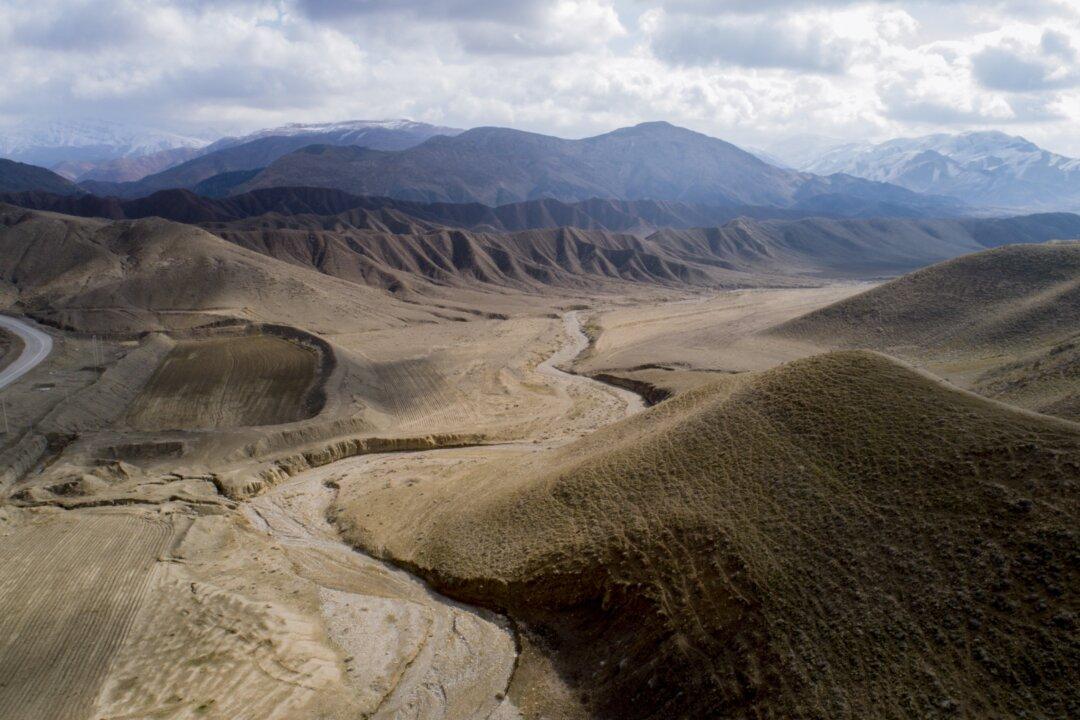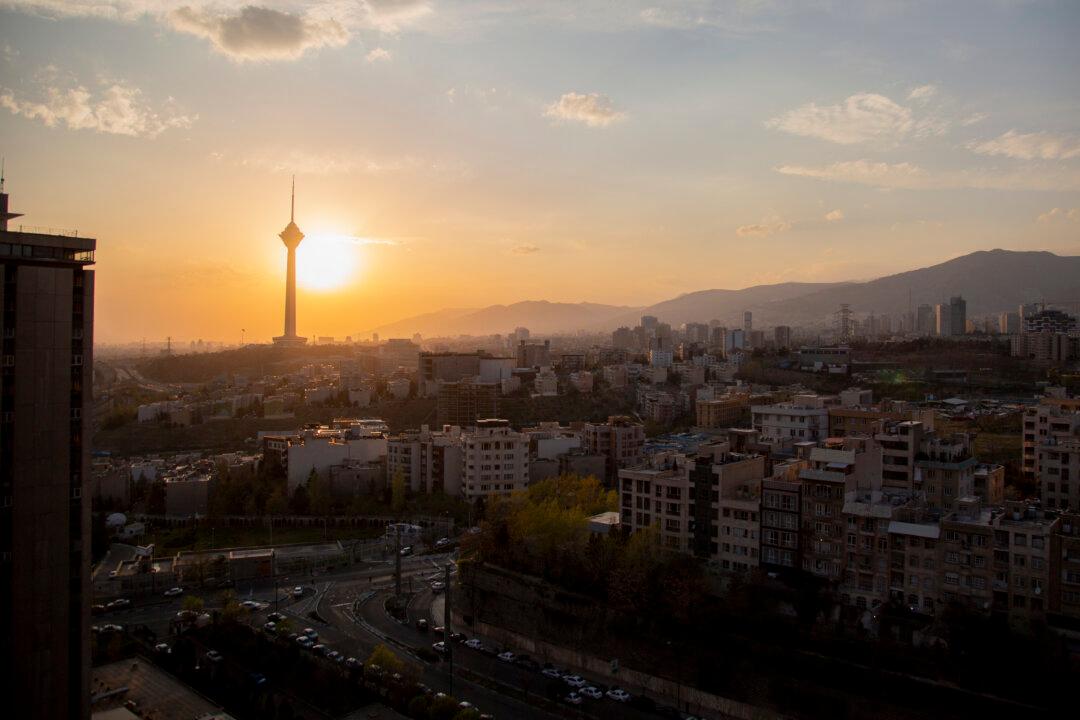Commentary
While war and political repression dominate headlines, Iran’s most insidious threat may be beneath its citizens’ feet. Iran today faces one of the most silent yet devastating crises in its modern history: land subsidence. This creeping environmental disaster is destroying critical infrastructure, eroding arable lands, and endangering the livelihoods of millions. Unlike the immediate impact of war, this threat is slow-moving but equally existential. Combined with systemic government mismanagement and endemic corruption, land subsidence has the potential to trigger widespread displacement, ecological collapse, and even regime instability.
What Is Land Subsidence and Why Is It So Dangerous?
Land subsidence refers to the gradual sinking of the earth’s surface, primarily caused by excessive withdrawal of groundwater. Unlike sudden natural disasters such as earthquakes, subsidence unfolds slowly and often invisibly—until its devastating effects become irreversible. The collapse of building foundations, loss of agricultural productivity, drying of wetlands, and salinization of aquifers are just a few of the catastrophic outcomes.Iran: A Global Hotspot for Land Subsidence
Iran is among the countries most severely affected by land subsidence. In regions such as Tehran, Varamin, Mashhad, Isfahan, Hamedan, and Fars, annual subsidence rates have reached a staggering 20 to 25 centimeters. To put this in context, the global critical threshold is just 4 millimeters per year. Iran’s land is collapsing more than 60 times faster than the international danger benchmark.A Looming Humanitarian Crisis: Forced Migration
Experts warn that if current trends continue, by 2036, an estimated 15 to 20 million Iranians could be displaced. The drivers of this mass migration include:- The collapse of farmland due to soil degradation
- Depletion of potable and irrigation water
- Structural instability in homes and urban infrastructure
- Increased vulnerability to floods and dust storms
Environmental and Ecological Fallout
The environmental consequences are no less alarming:- Desertification: Once fertile agricultural zones are turning into deserts.
- Dust storms: This issue is exacerbated by deforestation and soil erosion.
- Biodiversity loss: Wetlands such as Hamoun and Gavkhuni are drying up.
- Water contamination: Overdrawn aquifers are increasingly salinized, reducing the availability of safe drinking water.
Why Has the Regime Failed to Act?
Despite years of warnings from scientists, nongovernmental organizations, and even some governmental bodies, the Iranian regime has shown little serious effort to address this crisis. The reasons are structural and political:- Misallocation of Resources: Environmental protection receives a fraction of the national budget, with most funding diverted to military and security apparatuses.
- Ineffective Megaprojects: Water transfer schemes like the Behesht-Abad project often worsen regional disparities and ecological stress.
- Lack of Scientific Governance: Decisions are driven by short-term political interests rather than data or sustainability.
- Suppression of Experts: Environmental activists and hydrologists face censorship, arrest, or exile for raising alarms.
- Institutional Apathy: The regime prioritizes ideological control over public welfare, with little regard for long-term national resilience.




